LAS 4 ESPECIES DE LINCES
RECONQUISTAN SU TERRITORIO
Tras ver reducidas sus poblaciones de forma drástica en toda zu zona de distribución, en el Hemisferio norte, la reacción de una nueva generación de seres humanos, capaces de apreciar la belleza y la importancia de la vida salvaje, les está recuperando.
Lince ibérico
El más amenazado
Lince boreal
El más grande
Lince canadiense
El más norteño
Lince rojo
El más pequeño
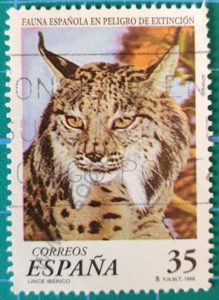
Lynx pardinus
Península ibérica
El lince ibérico, es endémico de España y Portugal. Se alimenta principalmente de conejos
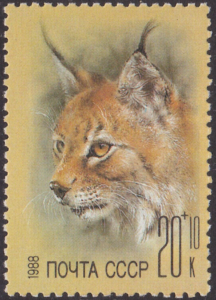
Lynx Lynx
Euroasia
El lince boreal depreda ungulados (el 82% en Europa Central) siendo el corzo su presa preferida.
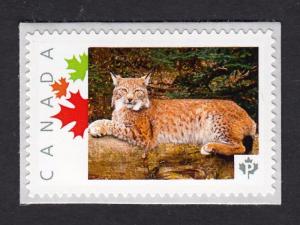
Lynx canadiensis
Canadá
El lince canadiense habita también el norte de EE.UU.
Se alimenta de pequeños mamíferos (primordialmente liebres).
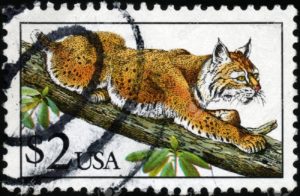
Lynx rufus
EE.UU.
El lince rojo come normalmente conejos, aves, ratones, ardillas y otras presas menores adecuadas a su tamaño.
LOS LINCES VUELVEN
PROYECTOS DE RECUPERACIÓN DE LAS POBLACIONES DE LINCES IBÉRICO Y BOREAL EN EUROPA
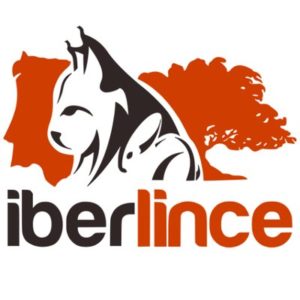
LYNX CONNECT
2020-2025
ESPAÑA: Proyecto LIFE+ para aumentar el tamaño de la poblacióndel lince ibérico y su conectividad. En la actualidad existen dos núcleos consolidados de población de linces, aislados entre sí: Doñana y Sierra Morena Oriental. Otros cuatro núcleos en fase de consolidación.
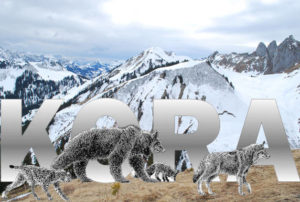
LUCHS PROJECT – GGD
2020–2023
SUIZA: In Absprache mit den Kantonalen Jagdinspektoraten und den lokalen Wildhütern durchgeführt. Die Projektteile Genetik und Demografie werden von KORA, der Projektteil Gesundheit vom Zentrum für Fisch- und Wildtiermedizin koordiniert.
.
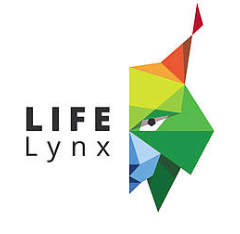
LIFE LYNX
2017–2022
ALPES: Starting in 2017, the objective ofLIFE Lynx is to rescue the dwindling Dinaric-SE Alpine lynx population and ensure its long-term sustainability. These efforts have just received a timely boost, with the LIFE Lynx project admitted to the European Rewilding Networ.
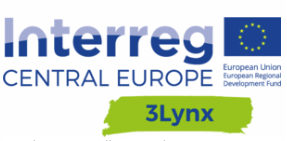
3 LYNX
2017–2022
CENTROEUROPA: The main goal is to monitor three lynx populations (Czech-Bavaria-Austrian, Dinaric, and South-eastern Alpine) and prepare transborder strategies for their protection.
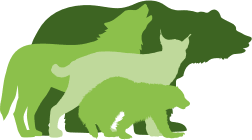
EUROLARGECARNIVORES
2017 – 2022
EUROPA: LIFE – Improving human coexistence with large carnivores in Europe through communication and transboundary cooperation.

BIOTRANs
2019–2021
INTERREG España Portugal:
Conservación de carnívoros amenazados y de interés especial en Extremadura (lince Ibérico y otros). Consejería para la Transición Ecológica y Sostenibilidad Extremadura.
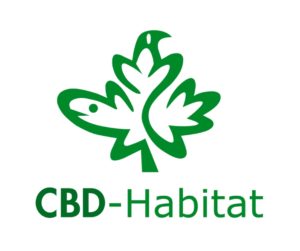
ANDALUCIA-EXTREMADURA
2019-2020
ESPAÑA: Conservación del lince en Andalucía y Extremadura. Proyecto de colaboración entre “EBD–Habitat” y “The European Nature Trust”. Entidad colaboradora Wanda Natura.
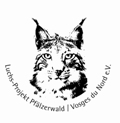
LIFE LUCHS PROJECT
2015-2020
ALEMANIA: Nach umfangreichen Vorbereitungen hat im Jahr 2016 die Umsiedlung von 20 Luchsen aus der Schweiz und der Slowakei in den Pfälzerwald begonnen. Das Monitoring ermöglichte 10 Jungtiere die in der neuen Heimat geboren wurden nachzuweisen.

SCANDLYNX
NORGE–Swerige
Coordinates the research on Lynx lynx in Scandinavia between the Norwegian Institute for Nature Research and Grimsö Wildlife Research Station. Swedish University of Agricultural Science.
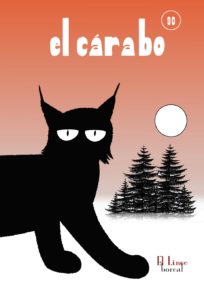
La revista El Cárabo presenta en españa al lince boreal
cuaderno 90 · noviembre 2020
contribuye así a la campaña pidiendo la presencia del gran felino en sus territorios ibéricos de origen
(Puedes solicitar este nº del Cárabo pulsando aquí)
y firmar solicitando el regreso del Lince boreal a España en https://www.change.org/p/pido-recuperar-el-lince-boreal-en-la-peninsula-iberica